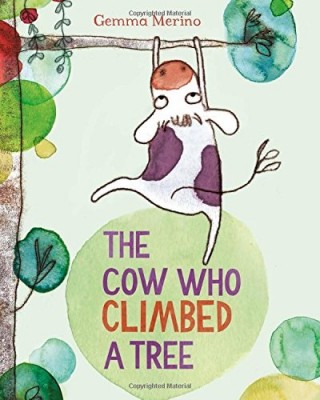Teaching
resilience – KS2
Text: Perfect Square by Michael Hall
Lesson
plan by Andrew Moffat / www.equalitiesprimary.com
|
Resources: lots of squares,
scissors, glue
|
LI To
develop skills in resilience
|
Starter: Write
‘resilience’ on the board. Children in pairs to come up with a definition and
then feed back to class. Can we come up with a class definition? What does
the dictionary give as a definition?
|
Main : Read “Perfect Square”.
Discussion:
what happens in this story, what happens to the square on its journey through
the story? Which do you think was the most difficult challenge for the square? (when
the square was torn in to scraps, shredded, or shattered etc)? Each time the
square faced a new challenge, what did it do? How do you think the square
felt when faced with each challenge? How do you think square felt each time
it found a solution? When do you think the square is happiest?
Why
do you think at the end, when square gets its shape back, it doesn’t stop?
Why does square change in to a window?
|
Activity: Use the story as
stimulus for an art session. Give each child squares of paper and go through
the book; at each stage asking children to follow instructions given in the
story (shatter the square/ rip it up etc) and then re-model the shapes in to
a new image. The children could use the image suggested in the story or create their own. Either use as a whole class activity with every child making
multiple square images or give each table their own instructions and
encourage children to work together to create images using co-operation.
|
Plenary: How is the square showing resilience in
this story? Lots of things happen to square and it has to think of new
responses at every stage; does square ever give up and remain torn, crumpled
or in pieces? Why do you think square does not give up? What does square want
to show us? What is the message in this story?
Think
about the ending; square could have stayed as a square for ever but it chose
to change in to a window; what do you think the author is trying to tell us
about change?
When
we meet challenges in life; when things happen that we find difficult, what
do we need to do?
In
the story, square remains alone but in our lives there are people around us.
If you are facing difficulty, who can you ask for help?
|
Suggested
AFL questions: Today I have learned… resilience means….. When I experience challenges, I will…
Re-visit the definition of resilience made in the
starter- do we went to change it?
|
“No
Outsiders in our school: Teaching the equality act in Primary Schools” by
Andrew Moffat available from www.speechmark.net

